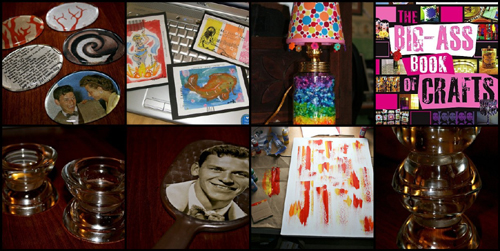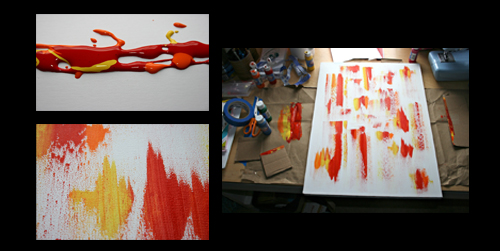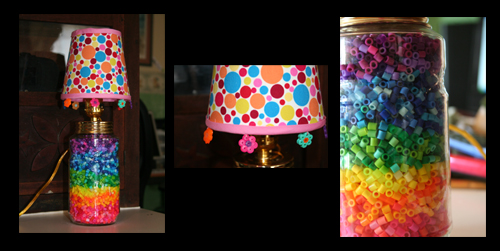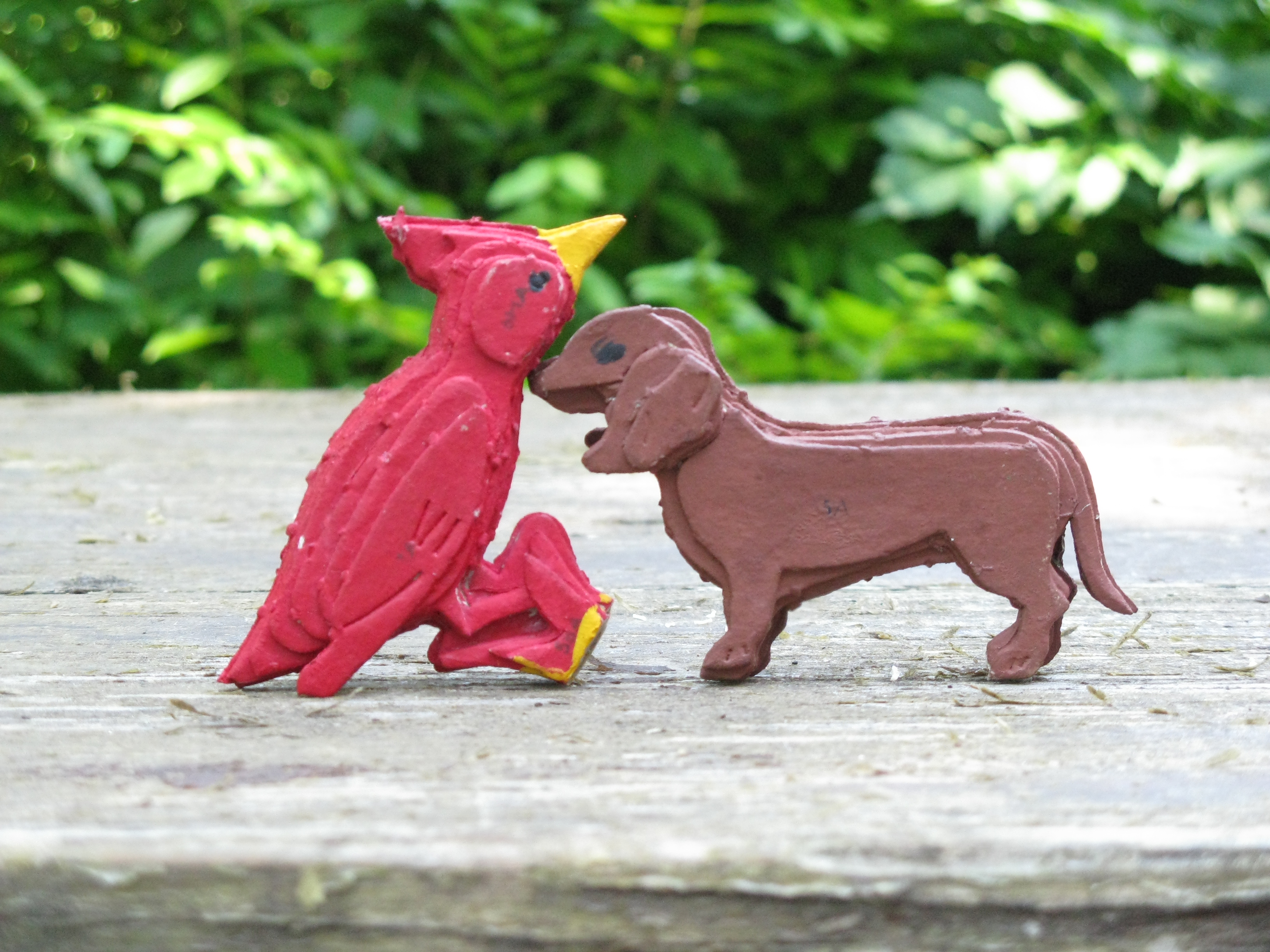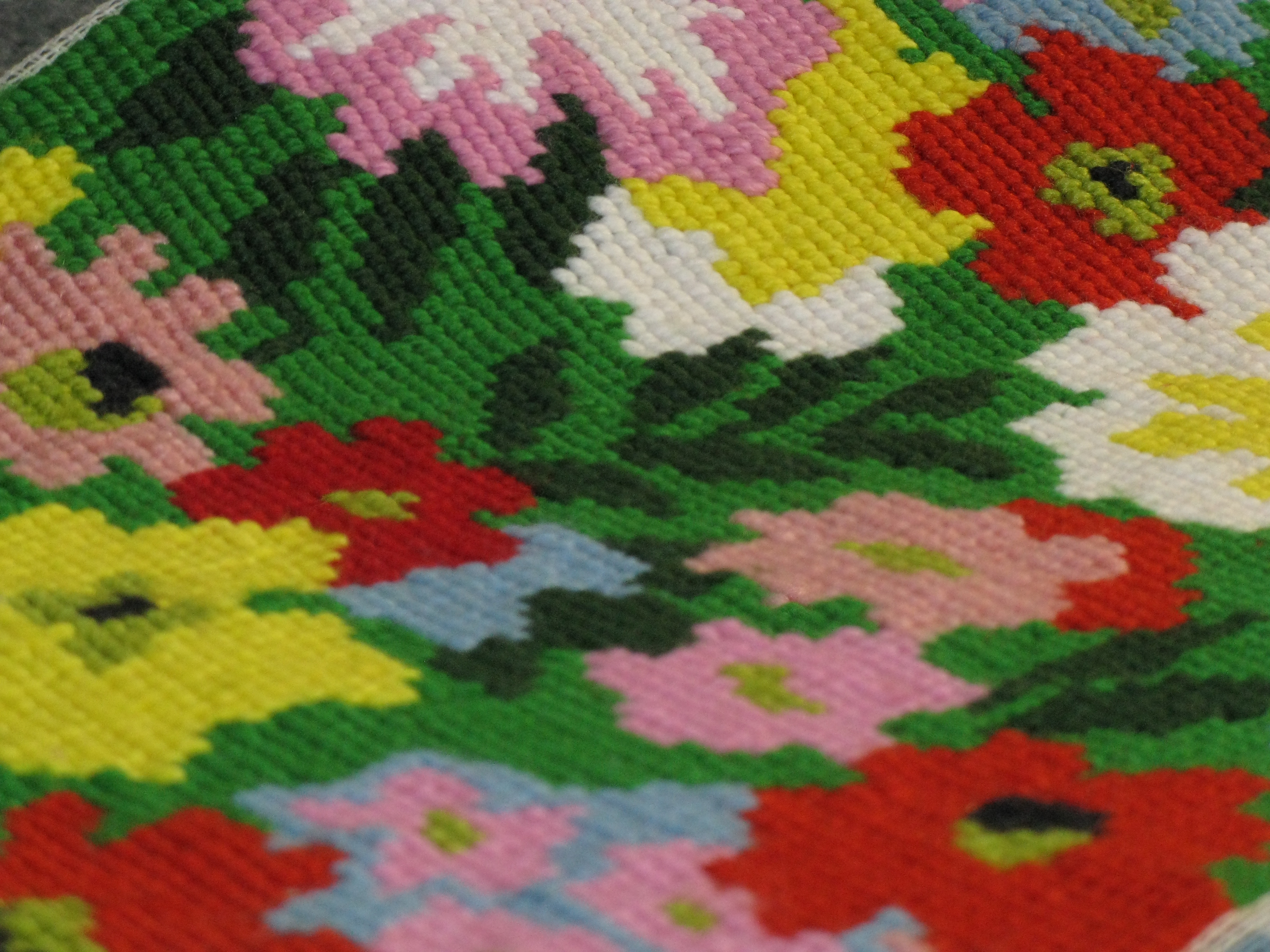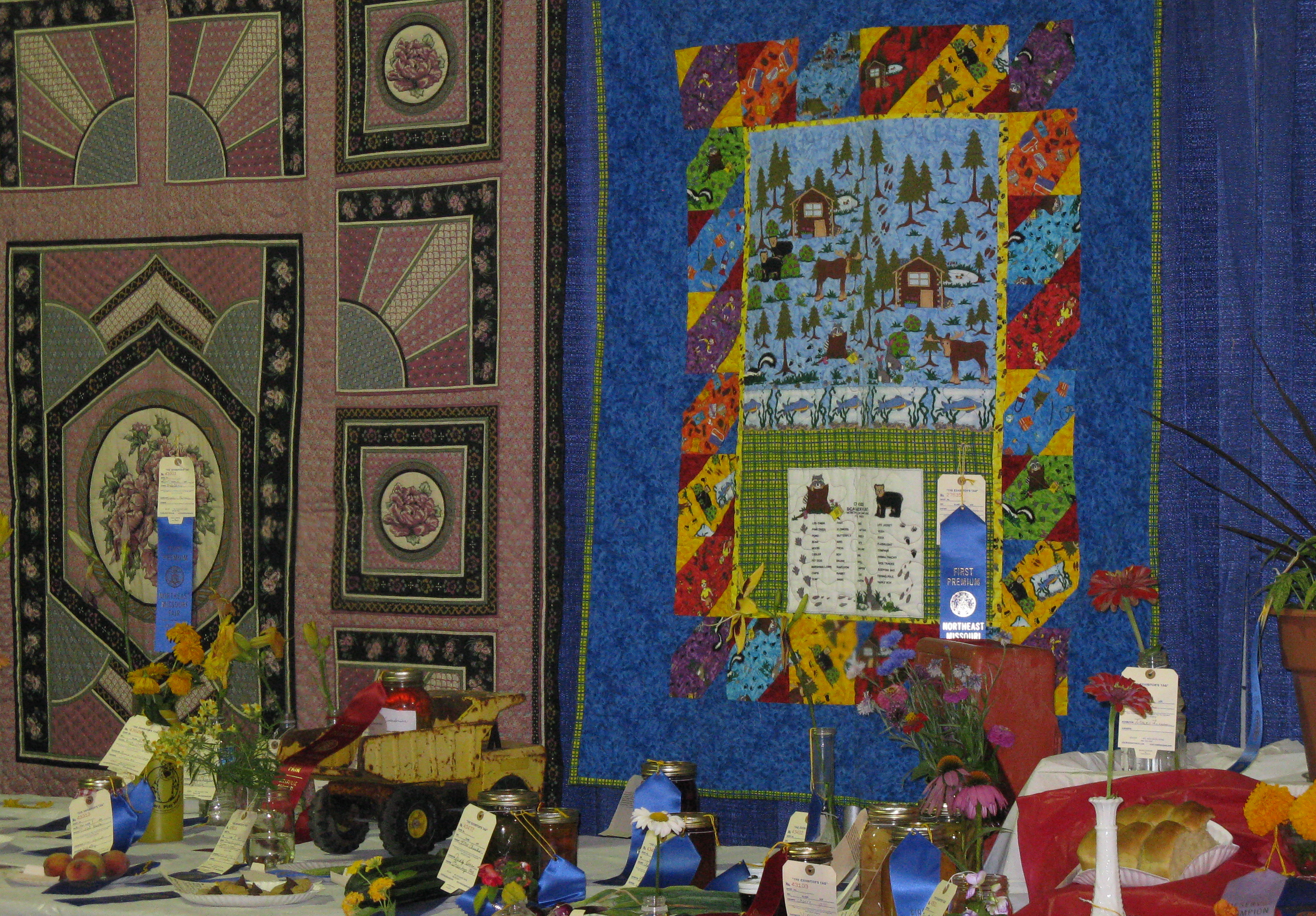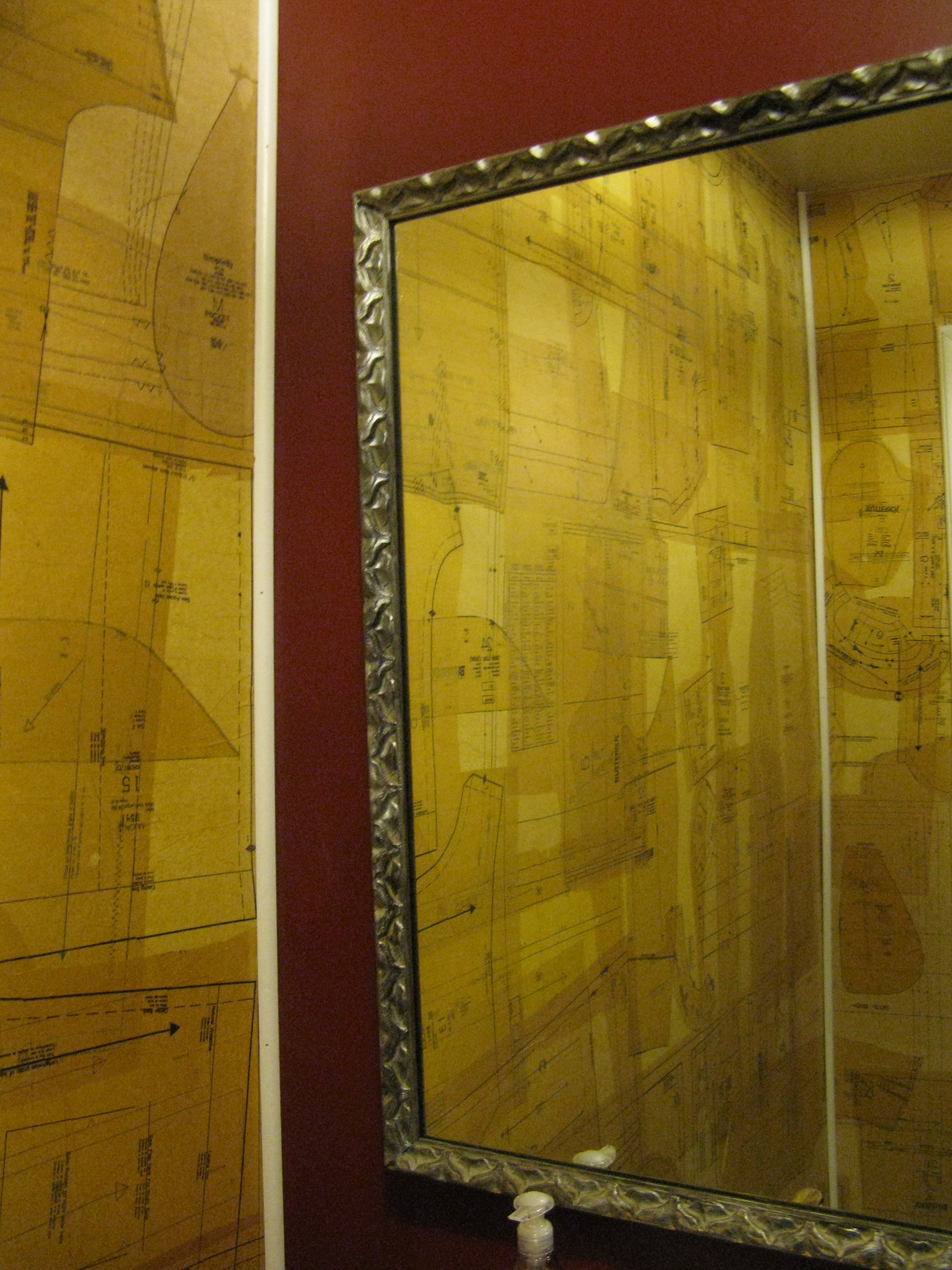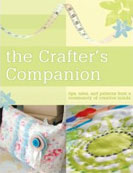Crafty Daisies Book Club: “Lotta Prints” October 22

1. paper doll dress bookmark, 2. Match Stick Holder Bottom, 3. Paint Chip Bookmarks, 4. Match Stick Holder
Wow, thanks for all your discussions and submissions for the last book club. For descriptions of some of the projects go visit the Crafty Daisies Book Club Flickr group. If you’ve since tackled other projects from the Big-Ass Book of Crafts, please continue to add them to the group.
The next Crafty Daisies book club will discuss Lotta Jansdotter’s book Lotta Prints: How to Print with Anything, from Potatoes to Linoleum, ISBN 081186037X, ISBN13 978081186037.

Thank you to Sarah and Josh for suggesting this book. We will meet in six weeks on Wednesday, October 22.
If you need to plan ahead, the book for our third meeting will be Sew Everything Workshop by Diana Rupp, ISBN-10: 0761139737, ISBN-13: 978-0761139737 and will meet on Wednesday, December 3.
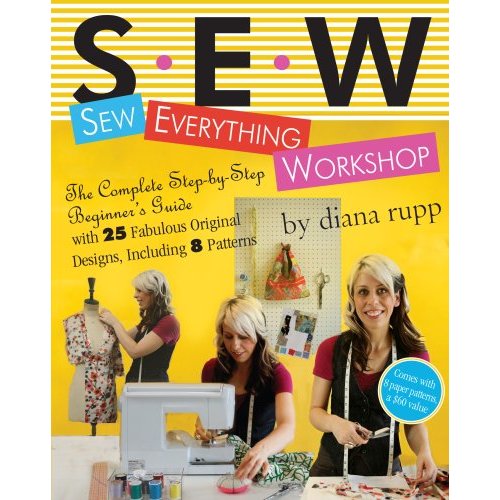
For those of you new to the book club, here are the mechanics of our discussions:
How it Works
Every 4-6 weeks we “discuss” a craft book as follows:
- Make one project out of the book that is due for the next book club meet-up
- Explain why you chose that project
- Discuss the clarity of the instructions, the layout of the book, the illustrations, other projects in the book, and whether you liked the book or not
- Suggest one book for the next book club
You can submit your discussion either as a comment the day of the book club meet-up or by email (craftydaisies(at)gmail(dot)com). If you have pictures of your projects that you would like to share, email them to me or submit them to the Crafty Daisies Book Club Flickr group.
Finding the Book
As with any book club, this is not an endorsement of the featured book (of the ten or so books I read for my fiction book club I only liked three). If you already own the book under discussion, great, take a picture of your project and send me an email. If you think you want to join this endeavor, here are some ways to shop around for the book:
- See if a friend already owns it and lets you borrow the book
- Check with your local library (mine had three copies of this month’s book across the borough)
- Compare prices (I bought this month’s book at list price, but have since seen it significantly cheaper online)
In other words, I don’t want you to get mad at me in case you buy the book and take an extreme dislike to it.










